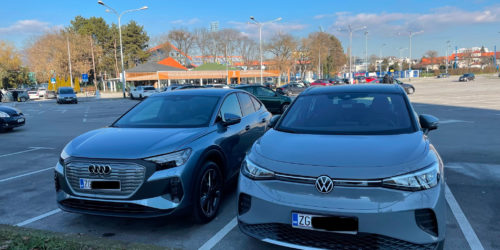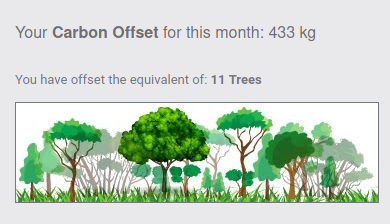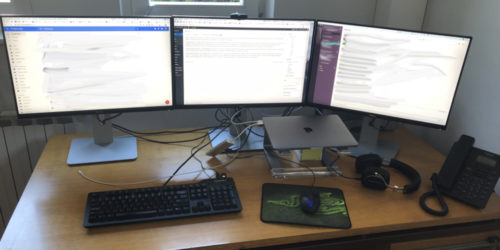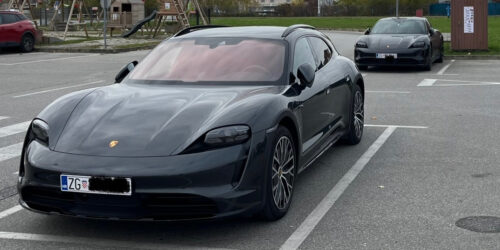…but saving money too!
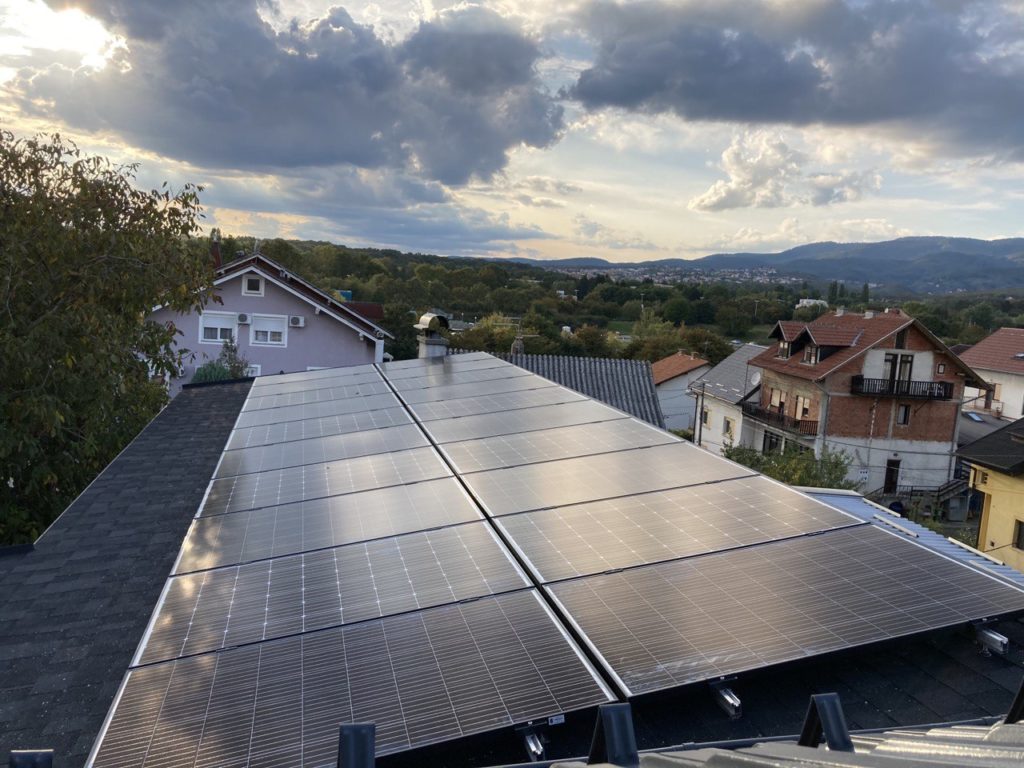
Recently I had a post about saving trees. To save those trees I obviously had to reach out for renewable sources of energy. This post is about the fact that saving trees can also save you some money. But before I dig into the numbers and facts, there are few things you should know about my setup.
The flat I’ve acquired was built in 1960s. It’s one out of two flats in a house at the outskirts of city of Zagreb. I’ll leave the renovations on the side, but what’s important is to note:
- total heated area is just short of 180m2 (~1900 square feet)
- walls are thick, very thick – modern facade, 12cm of stone wool insulation, cement based facade from the 50s, 20cm brick wall, 5cm of stone wool, 2 layers of dry wall
- we use floor heating and all but ~20m2 has proper floor insulation
- our solar power plant can peak at 6kW (probably in June)
Without going into too many details on how and why we decided to do this, important thing to note is that we decided to utilize a heat pump for our heating & cooling needs. When talking to engineers, they made it clear that using gas would be a cheaper option. Once I mentioned solar panels, then it was clear that heat pump will end up being cheaper. Well, now I have numbers to back these claims. True, numbers are just for April, but it still enough to come up with some conclusions.
April 2021 in Zagreb was colder than on average. We even had couple of days of snow, which is not a common thing in April around here. More importantly, on average Zagreb has 2 days with minimum temperature bellow 0 in April. This year it had 7. Because I track these things, I do know how much power my heat pump consumed for heating in April. To save you from complicated process of figuring things out, I’ll just put few facts here:
- I produced 626kW of energy
- I also had to import additional 195kW because my production was not enough
- I spent 413kW on heating
Now, there is one assumption I have to make to continue forward. That’s the efficiency of the heat pump (COP). I’ll make a very conservative estimate of factor of 4. For the record, this heat pump advertises 4,5 – 5 in ideal conditions, which we were very close to in April. This means that for any kW spent, the heat pump will create 3kW of heat energy. This will be needed for comparing the solution with electrical-only solution (factor of 1) and gas-only solution (factor 0,9).
| Heat pump and solar panels | Heat pump without solar panels | Electrical-only solution | Electrical with solar panels | Gas-only solution | Gas heating and a 3kW solar panel | |
| Electrical Energy used (kWh) | 821 | 821 | 20601 | 2060 | 4082 | 408 |
| Electrical Energy produced (kWh) | 626 | – | – | 626 | – | 3133 |
| Electrical Energy imported (kWh) | 195 | 821 | 2060 | 14344 | 408 | 95 |
| Electricity price before VAT (HRK) | 204,41 | 742,14 | 1806,44 | 1268,71 | 387,37 | 118,51 |
| Used gas (kWh) | – | – | – | – | 18355 | 1835 |
| Gas price before VAT (HRK) | – | – | – | – | 474,21 | 474,21 |
| TOTAL ENERGY PRICE (HRK) | 204,41 | 742,14 | 1.806,44 | 1.268,71 | 861,58 | 664,81 |
1 (821kW – 413kW) + (4 * 413kW) – energy consumed by all other appliances combined with heating solution with COP 1
2 821kW – 413kW – energy consumed by all other appliances (heating is on gas)
3 626/2 – assumption is that 3kW plant would create half of the energy of the 6kW plant
4 2060 – 626 – energy produced subtracted from total energy consumed
5 (2060 – 408) / 0,9 – gas doesn’t use all energy for water heating; COP is, at best, 0,9
A 6kW power plant costs anywhere from 60.000HRK to 80.000HRK (75.000HRK ~ 10.000€). Compared to gas only solution, heat pump and solar panels save ~660HRK monthly. This of course assumes that excess of energy produced from May to October will balance out the import from November to April. If that all holds true, then 660HRK monthly saves accumulate to almost 8.000HRK per year. That means that 6kW solar plant in Zagreb, if combined with a heat pump, returns the investment in less than 10 years. One needs to account for the price diff between a gas boiler and a heat pump. This is roughly 50.000HRK or additional 6 years. With the life expectancy of the whole solution being 20-25 years, one can conclude that, not only are we saving trees, but we are indeed saving money by going green.
NOTE: A solar flare can burn down any of these solutions, so always have a backup solution based on a primitive technology – wood fire.

